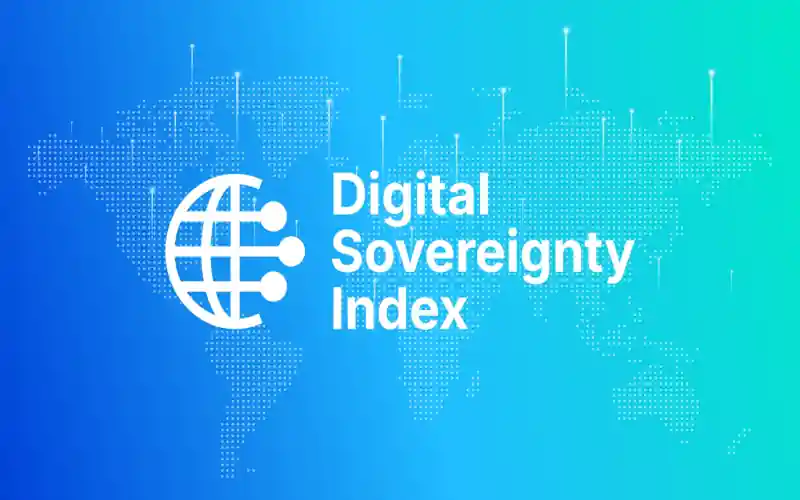Digital Sovereignty Index Reveals Global Readiness Gaps

- Nextcloud’s Digital Sovereignty Index ranks countries by self-hosted tech use, with Finland and Germany leading and much of Europe lagging behind.
Understanding Digital Sovereignty in Practice
Digital sovereignty refers to a nation’s ability to control its own digital infrastructure, data, and technology without external influence. Originally focused on data localization, the concept now includes operational autonomy and technological independence. European countries have been at the forefront of this movement, with the EU promoting regulations that support local control over digital assets. According to SUSE’s CTO Thomas di Giacomo, sovereignty involves managing where data is stored, where technology originates, and how operations are supported.
The rise of cloud-based services has complicated sovereignty efforts, as many tools are hosted by foreign providers. Governments and enterprises increasingly seek alternatives that allow for local control and open-source flexibility. SUSE’s Rancher Government Solutions, for example, offers sovereign IT support to U.S. public sector clients, including high-security domains. This approach contrasts with global trends that often aim to shield national data from U.S. oversight.
Measuring Sovereignty: The Digital Sovereignty Index
Nextcloud has introduced the Digital Sovereignty Index (DSI) to assess how well countries are positioned to achieve digital independence. The index evaluates the use of 50 self-hosted collaboration tools across nearly 60 countries, including platforms for file sharing, video conferencing, and project management. Each country’s score reflects the number of server instances per 100,000 citizens, offering a population-adjusted view of sovereign infrastructure adoption. While not a definitive ranking, the DSI provides insight into national readiness for digital autonomy.
Germany and Finland top the list, with scores of 53.85 and 64.5 respectively, indicating widespread use of self-hosted technologies. The Netherlands follows with a score of 36.32, while France, Austria, and Switzerland rank above the EU average of 16.31. Surprisingly, many European nations fall into the lower tiers, with countries like Italy, Spain, and Denmark scoring below 7. Even the U.S., often resistant to sovereignty frameworks, scores 14.88 — ahead of the UK and several EU members.
Public vs. Private Sector Adoption
A key finding from the DSI is the disparity between public and private sector adoption of sovereign technologies. In countries like Germany, individuals and small businesses actively use open-source, self-hosted tools, while government agencies remain dependent on foreign tech providers. This gap raises concerns about long-term costs and data security, especially as public institutions rely on proprietary software. Würzburg professor Harald Wehnes notes that the EU’s service deficit with the U.S. reached €148 billion last year, largely due to software and cloud licensing.
Nextcloud’s CEO Frank Karlitschek emphasizes the importance of open standards and local control for sustainable innovation. He argues that digital sovereignty should not be limited to policy but must be reflected in infrastructure choices. The DSI highlights how some countries, despite strong public discourse, have yet to translate awareness into action. For example, Denmark shows high interest in sovereignty but ranks low in actual deployment of self-hosted tools.
Finland’s Quiet Leadership
|







